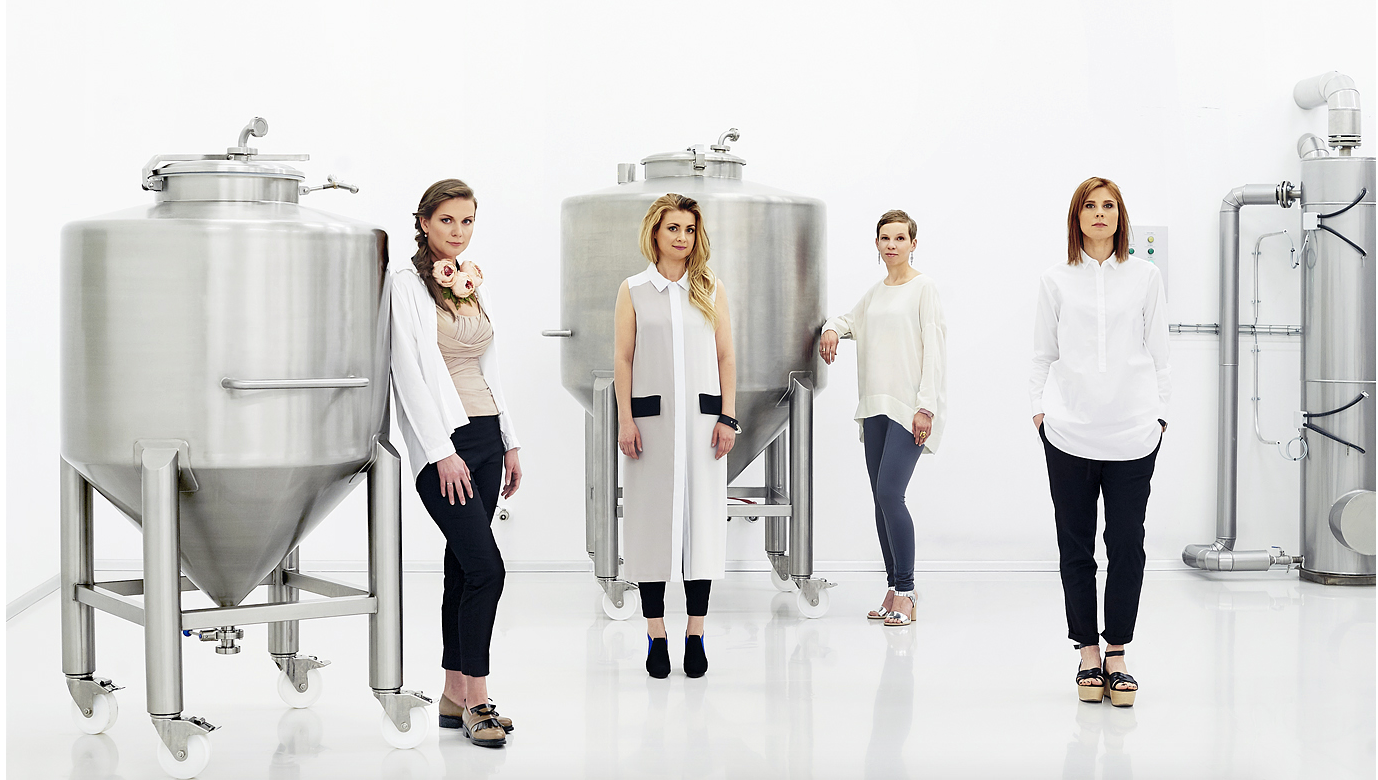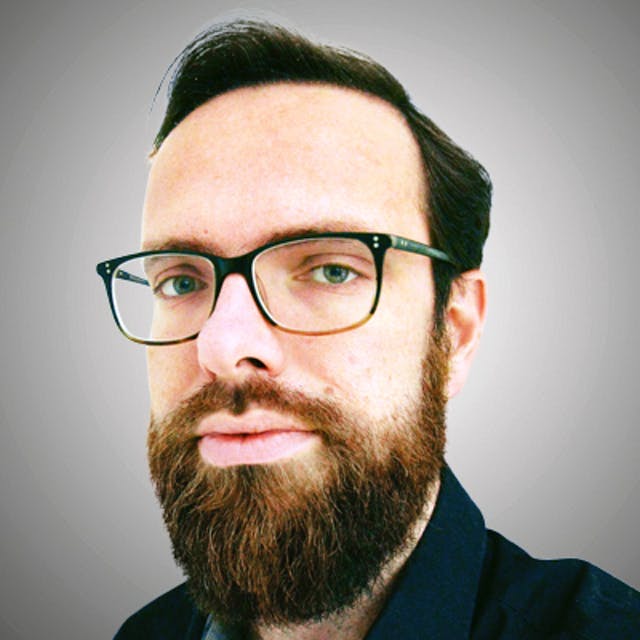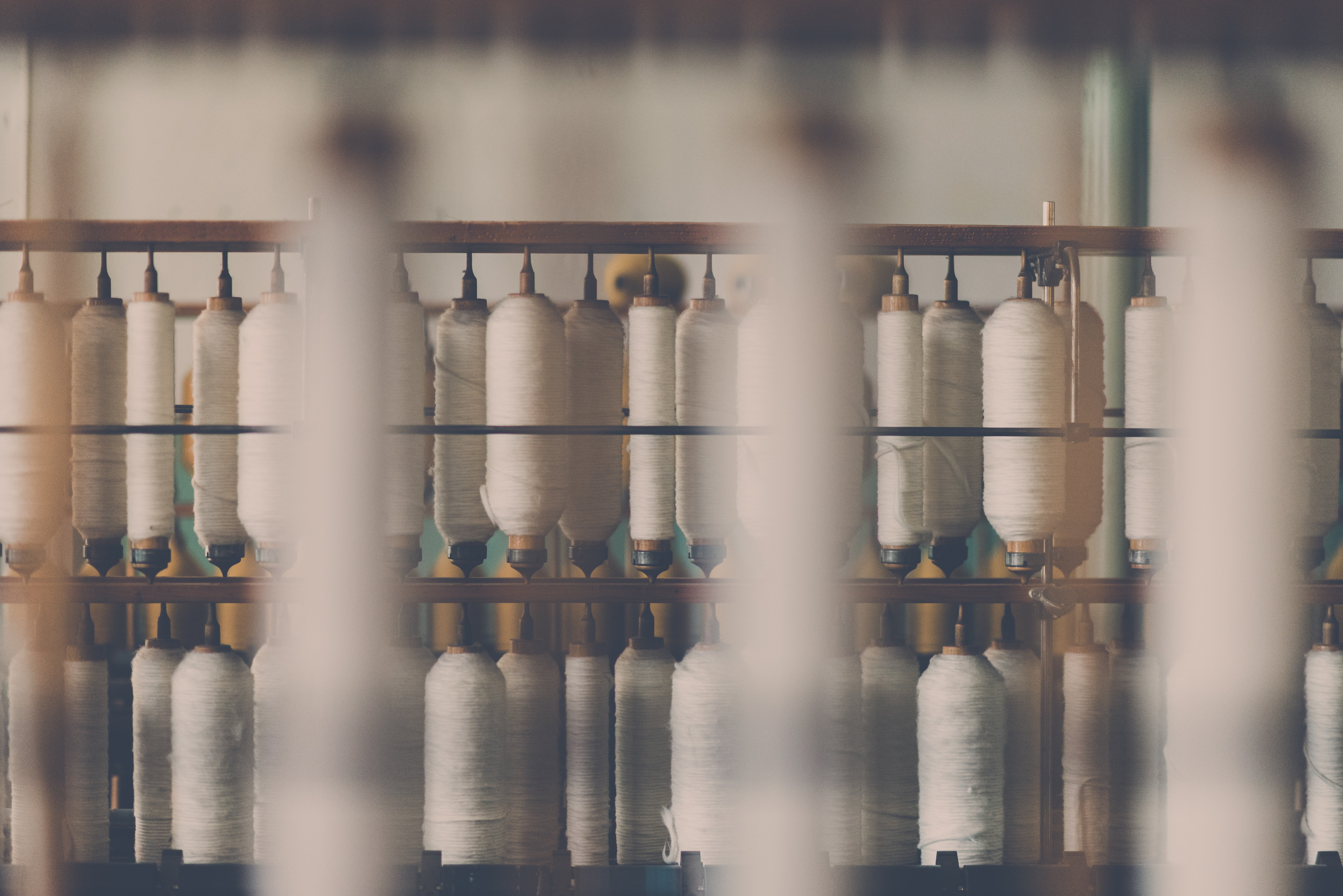
Anyone taking a walk in the woods in Latvia in autumn is bound to bump into a lot of other hikers. Although the sparsely populated country is made up of forests that cover half of its territory and therefore the chances are normally slim, Latvians eagerly venture into the forest in autumn. They forage for all kinds of mushrooms. The vast natural areas are full of fungi, berries and herbs. And the heads of the Latvians are brimming with knowledge about which mushrooms are better left alone and which ones are delicious with a serving of potatoes.
This combination of the unique Baltic Sea forest landscape and widespread wisdom inspired Lotte Tisenkopfa-Iltnere. She is the founder and director of Mádara Organic Skincare, which saw the light of day in 2006. ‘Fungi have remained unnoticed long enough,’ she says in an interview with Innovation Origins. ‘It’s a great ‘Northern’ raw material full of beneficial properties. Chanterelles, for example, possess beautiful molecules that stimulate blood circulation and are healthy for your scalp. In our shampoo, they take over the role of silicones.’’
Environmentally friendly
Mádara only produces organic cosmetics, so the company is constantly looking for new ingredients and how they will work with each other in a new product. When Mádara started out, organic skincare products were hard to find and often not as good as their chemical counterparts. ‘We want to merge the forest and the lab by making natural products that work better than the chemically manufactured alternatives. Our cosmetics must be functional, safe and environmentally friendly,’ says the founder.
Meanwhile, forest and lab are converging in a very literal way. For the chanterelle shampoo, Tisenkopfa-Iltnere worked with the biology faculty of the University of Latvia. Birch juice is another good example, which has now been incorporated into several anti-aging products. “Birch juice is unique because it is supposed to give trees a boost after the long winter so that they will flourish again. It encourages cells to regenerate, so it works extremely well in these types of creams.”

None of these products would exist without the research carried out at the university. Although Mádara does the preliminary testing in-house, the ability to test multiple variants for safety and effectiveness is much greater at the university.
Mádara’s cooperation with science is not surprising in the tiny country of Latvia, which has a population of only 1.9 million. To take full advantage of EU and Eurozone membership, entrepreneurs must think from day one about how to export products successfully. The home market is simply too small to expand massively.
Groglass
Another company that embodies this overlap prefers to remain out of sight. At any rate, Groglass makes glass panels coated with an anti-reflective layer so that it is virtually invisible. The company first started 15 years ago and in the meantime has grown into an international market leader. One of the crowning achievements was the order from the Rijksmuseum in Amsterdam, which commissioned panels for several works of art.
“If it looks like there is no glass inside a frame, then it is probably ours,” says technical director Andris Voitkans not without a sense of pride. Groglass exports different types of glass panels to more than 45 countries – and many customers or end users have no idea they even come from Latvia.
Credit crisis
The roots of Groglass stretch even further back into the past, when Latvia was occupied by the Soviet Union (1944-1990). At the time, the company Sidrabe was making waves with high-performance coatings for the defence sector and also functioned as a research center for nanomaterials. As soon as Latvia regained independence in 1990, Sidrabe began exporting, and in 2004 Groglass went on its own path to focus on glass. We had just built an entire production line to make panels for greenhouses when the credit crisis hit,’ recalls Voitkans. The crisis hit Latvia particularly hard, with a recession rate of 17 percent. ‘We then had to look for another niche market!’
With a few clever finds, Groglass’ engineers managed to convert the production line into one for museum and picture framing glass. In less than a year, new niche was a reality: Art. Museum and collectors now do business directly or indirectly with Groglass to show off their valuables to their best advantage.
Museum glass
Without the scientists from the Institute for Solid State Physics, however, Groglass would not have come this far. Like its parent company Sidrabe, the University of Latvia’s expertise in this field goes far back to the Soviet era. Company engineers and scientists have been able to improve each successive generation of museum glass – something that Groglass lacks the capacity to do on its own.
Both Voitkans and Tisenkopfa-Iltnere praise the ease with which they were able to pose their questions to the scientists – to ultimately benefit everyone. As the Mádara founder notes: “This way, a lot more people get to hear about the knowledge and expertise that Latvian science has on offer.”
Also read: Bicomer uses biotechnology to make feed & cosmetics more sustainable







